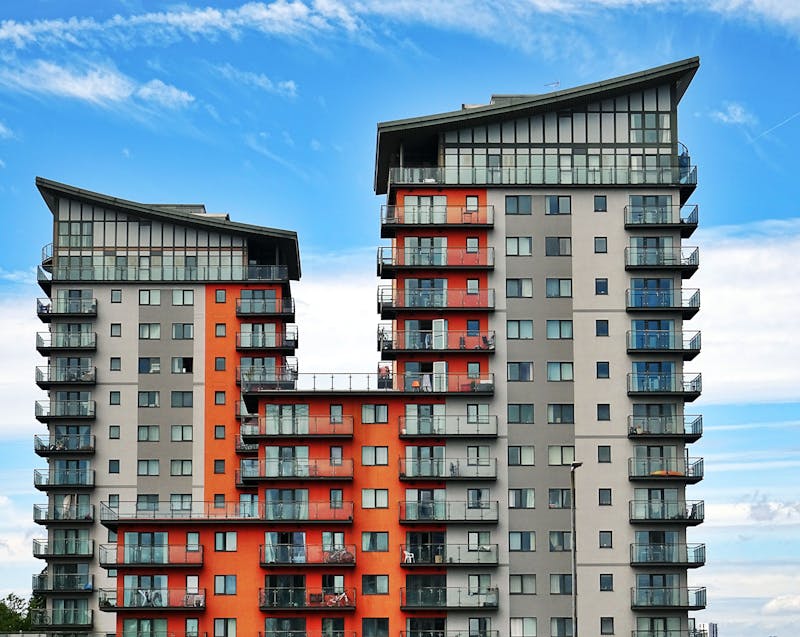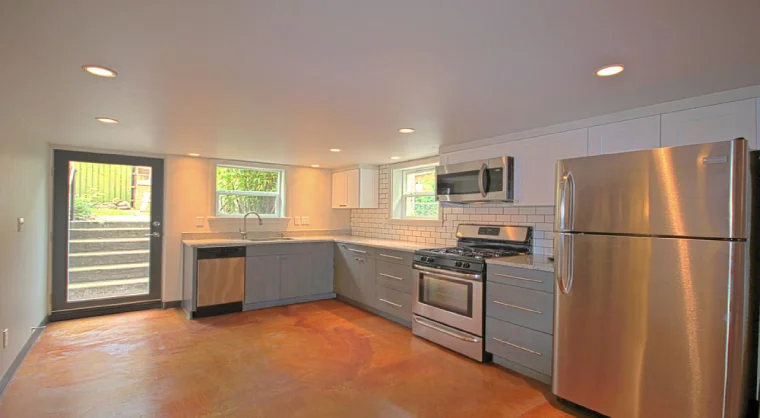- City living offers career opportunities, cultural diversity, and convenience, making it ideal for professionals and students.
- Urban areas provide access to public transportation, networking, and world-class amenities within close reach.
- The downsides include higher costs of living, smaller living spaces, noise, and pollution.
- City life can feel exciting and stimulating for some, but overwhelming and stressful for others.
- Comparing country and city living helps highlight whether you value energy and opportunity or peace and affordability.
- The right choice depends on your lifestyle priorities, financial situation, and long-term goals.
When choosing the best place to live, many people find themselves torn between the vibrant energy of the city and the quiet comfort of suburban or rural life. City living often offers unmatched convenience, career opportunities, and cultural richness, but it also comes with challenges such as higher costs and crowded spaces. Understanding the pros and cons of living in a city can help you make a smarter decision that fits your lifestyle, career goals, and family needs.
In this article, we’ll explore the advantages and disadvantages of urban living so you can determine whether this lifestyle aligns with your priorities.
What Makes City Living Appealing?
The city has long been seen as a hub of opportunity and excitement. From world-class restaurants and entertainment venues to endless career options, city life promises a fast-paced environment where there’s always something happening. Many people move to cities because of the convenience of having everything they need within close reach, whether it’s work, shopping, or healthcare services.
Living in a city also means exposure to a more diverse community. Urban areas bring together people of different cultures, languages, and backgrounds, which enriches social experiences and encourages broader perspectives. If you thrive on variety and stimulation, this lifestyle can be incredibly rewarding. However, while these advantages are significant, they are often balanced by notable drawbacks.
The Pros of Living in a City

City life comes with plenty of benefits, especially for individuals who enjoy being at the center of activity. Below are some of the most significant pros:
- Career opportunities: Cities often have thriving job markets with a wide range of industries, from finance and technology to creative fields.
- Convenience: Supermarkets, hospitals, schools, and entertainment are typically nearby, making everyday living easier.
- Public transportation: Many urban centers have efficient bus, train, or subway systems, reducing the need for car ownership.
- Cultural exposure: Museums, theaters, festivals, and restaurants allow residents to enjoy diverse experiences.
- Networking potential: Cities provide endless opportunities to meet people, both personally and professionally.
These advantages make city living particularly appealing to young professionals, students, and anyone who values convenience and career growth.
The Cons of Living in a City

While the urban lifestyle offers excitement, it’s not without challenges. Understanding the downsides can help you weigh whether the trade-offs are worth it.
- High cost of living: Housing, groceries, and transportation are usually more expensive in cities compared to suburban or rural areas.
- Noise and congestion: Constant traffic, construction, and large crowds can take a toll on peace and quiet.
- Limited space: Apartments in cities are often smaller and more expensive than homes in less populated areas.
- Pollution and health concerns: Air quality can be lower, and access to green space may be limited.
- Stressful pace: The hustle and bustle can feel overwhelming for those who prefer a slower lifestyle.
These cons highlight the importance of evaluating your personal tolerance for noise, cost, and crowded environments before committing to city living.
Pros and Cons of Living in a City: Is It the Right Choice?
When deciding where to live, you need to consider both the benefits and challenges of city life. For some, the endless opportunities outweigh the drawbacks. For others, the sacrifices are too steep. Ask yourself:
- Do I value convenience and career growth more than space and tranquility?
- Am I comfortable with a higher cost of living if it means access to more amenities?
- Will the energy of the city motivate me, or will it eventually wear me down?
Answering these questions can help clarify whether the urban lifestyle aligns with your goals. It also helps to compare country vs. city living, as each environment offers unique advantages that appeal to different people.
Balancing Lifestyle and Priorities
Ultimately, the decision to live in a city depends on what you prioritize most. Young professionals may find city life exciting and full of opportunities, while families or retirees may value the peace, space, and affordability of suburban or rural areas.
If you crave constant activity, cultural events, and networking opportunities, urban living could be the best choice. But if you prefer more space, lower expenses, and a quieter environment, city life may feel overwhelming.
Finding balance is key. Some people choose to live just outside the city to enjoy easier access to amenities while still maintaining a calmer lifestyle. Others embrace the heart of the city for the sheer energy and opportunities it brings.
Conclusion
The pros and cons of living in a city are not one-size-fits-all. What feels like a drawback to one person may be a benefit to another. The key is to evaluate your personal needs, financial situation, and lifestyle preferences before making a decision. By weighing both the advantages and disadvantages, you can choose a living environment that enhances your quality of life and supports your long-term goals..





